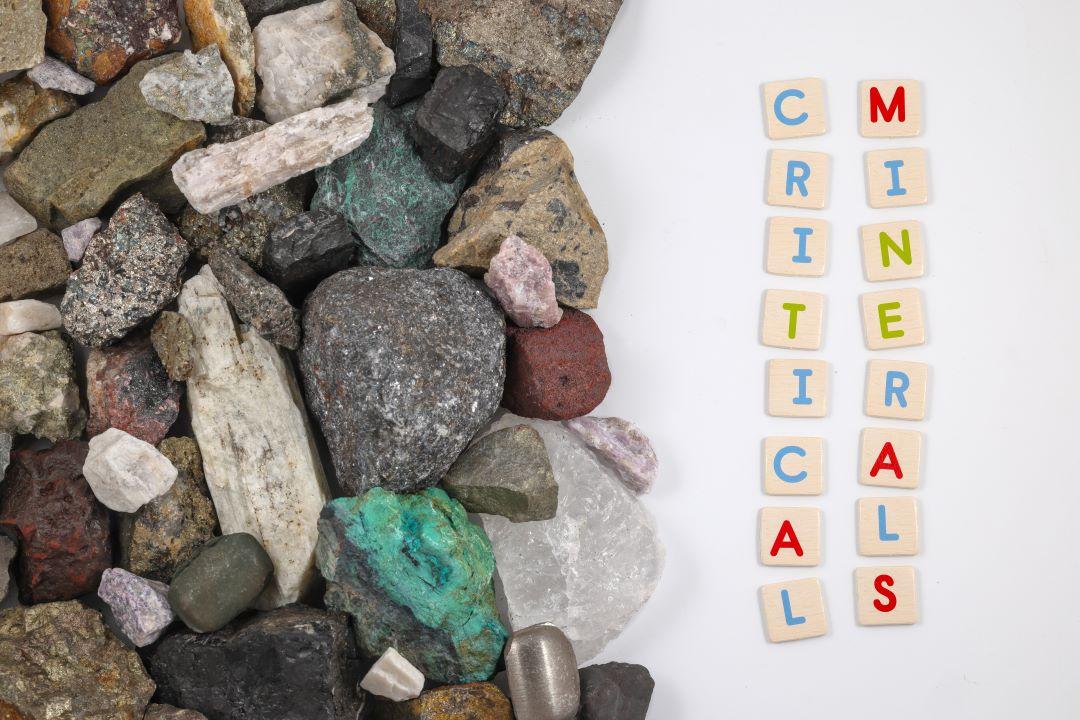
By now, you’ve probably heard a lot about the significance of critical minerals--how they are essential inputs into sectors that underpin national security, advanced manufacturing, and tech. Among these, the 17 rare earth elements (REEs) stand out as particularly vital. These metallic elements possess unique magnetic, luminescent, and electrochemical properties, which makes them indispensable to everything from smartphones, to electric vehicles, to guided missile systems.
Rare Earth Elements & Peoples Republic of China (PRC)
While REEs are relatively abundant in the Earth’s crust, economically viable concentrations are rare, and even rarer is the capacity to refine them. Today, China dominates the global rare earth supply chain, controlling over 60% of mined production and more than 85% of processing capacity. This concentration poses a clear strategic vulnerability for the U.S. and its allies, especially as global competition over energy and technology intensifies.
China has already shown its willingness to weaponize access to rare earths. In 2010, it cut off supplies to Japan during a maritime dispute. More recently, China imposed export controls on various critical minerals and rare earths on the United States. These actions sent shockwaves through global markets and underscored how dependent the U.S. remains on a single supplier for materials central to its industrial and defense base.
Two REEs are a prime example: neodymium and praseodymium. These two light REEs are used to fabricate permanent magnets. These magnets are small but powerful and are absolutely essential to motors in civil unmanned aerial systems (UAS), including drones used for infrastructure inspection, agriculture, disaster response, and package delivery. Many of these systems are manufactured in the U.S., but motors depend on magnets sourced from global supply chains dominated by Chinese refiners. A disruption in access to these rare earths could slow or halt production, affecting U.S. innovation, competitiveness, and job creation.
Critical Minerals, Rare Earths, and EXIM
To address this risk, the Export-Import Bank of the United States (EXIM) plays a vital role. Through the China and Transformational Exports Program (CTEP), EXIM is deploying targeted financing tools, including the Supply Chain Resiliency Initiative (SCRI) and Make More in America (MMIA) to help strengthen U.S. access to rare earth capacity. These efforts are part of a broader U.S. strategy to rebuild domestic capabilities and reduce dependence on foreign-controlled supply chains.
This is economic statecraft in action: the deliberate use of trade and finance policy to achieve strategic objectives. As China uses its dominance in rare earths to gain geopolitical leverage, EXIM is helping the U.S. respond with strength–ensuring that critical supply chains remain resilient, secure, and aligned with national interests.
ABOUT THE AUTHOR: Read Sarah Whitten's EXIM Bio
Follow Sarah on X (formerly Twitter): @EXIMbankUS_CTEP
Follow EXIM on X (formerly Twitter): @EximBankUS
Read More About…
Critical Minerals
• Rare Earth Elements (REE) | U.S. Geological Survey
EXIM Deals that include Critical Minerals
• Export-Import Bank of the United States Board of Directors Approves Eighth Make More in America Initiative Transaction | EXIM.GOV
• Export-Import Bank of the United States Approves More Than $350 Million in Transactions | EXIM.GOV
• Export-Import Bank of the United States Board of Directors Approves Sixth Make More in America Transaction | EXIM.GOV

